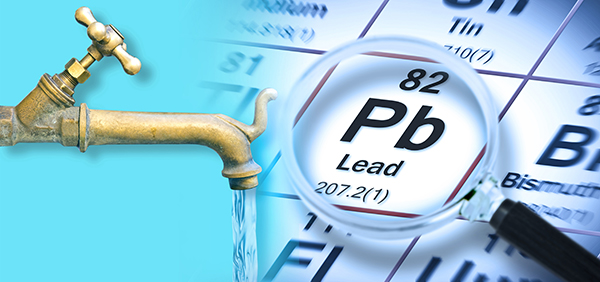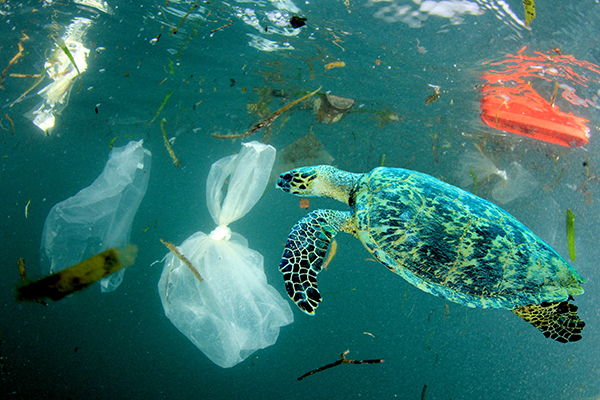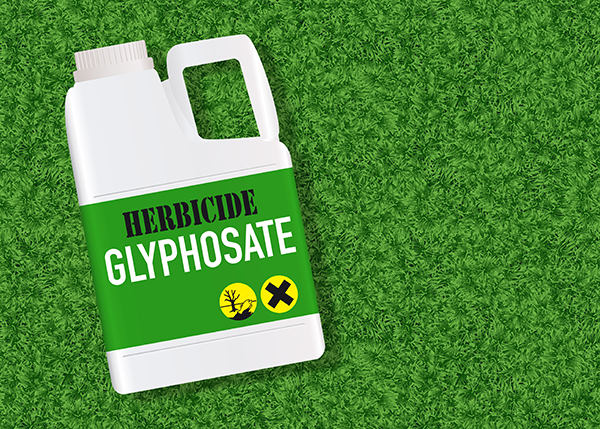Tap water across American southwest found to be HEAVILY CONTAMINATED with cancer-causing arsenic
08/08/2023 / By Ethan Huff

The Environmental Working Group (EWG) has found that tap water in at least 31 states is contaminated with arsenic at levels above the legal limit.
While much attention as of late is focused on PFAS “forever chemicals” in the water supply, it cannot be overlooked that arsenic, a metal naturally found in the earth’s crust, is also problematic.
Particularly in the American Southwest, arsenic-contaminated water is a serious issue that is only being made worse by pesticide use on crops and industrial processes like cement manufacturing, both of which leave behind toxic residues in groundwater used for drinking.
Prolonged exposure to arsenic is linked to damaged DNA, which in turn can lead to cancer. Arsenic is also linked to immune system dysregulation, high blood pressure and heart disease.
Researchers at Florida International University (FIU) in Miami warn that arsenic contamination is not getting nearly enough attention as PFAS, despite it posing a similar health risk.
“Since many countries are still affected by high levels of arsenic, we believe arsenic exposure is a global public health issue that requires urgent action,” FIU scientists say.
“People who live in areas with naturally high levels of arsenic in the soil and water are at particular risk. In the U.S., for example, that includes regions in the Southwest such as Arizona, Nevada and New Mexico.”
(Related: U.S. water sources are also contaminated with herbicides, fragrances and disinfection products, not to mention toxic fluoride.)
Bottled water is also often contaminated with arsenic
Consumer Reports conducted an investigation in 2019 about arsenic in bottled water, which similarly shows that many popular brands are also contaminated with the toxin at levels above the legal limit.
That limit, as set by the Food and Drug Administration (FDA), is currently 10 parts per billion (ppb).
Then we have baby food, which also often contains arsenic at levels far higher than the legal limit. There have been studies to suggest that children who consume arsenic-tainted baby food end up with lower IQ scores compared to their peers.
In 2017, the American Chemical Society (ACS) published a study showing that up to 2.1 million people across the United States are exposed to arsenic simply through their drinking water, let alone added exposure through bottled water, baby food, juices and other products.
It is also important to note that the human body can absorb arsenic through skin and inhalation in addition to through food and water. There are many routes of entry into the body for arsenic, in other words.
“Research suggests that it damages DNA, stops cells from communicating with one another and impairs the immune system, creating the perfect environment for cancers to grow,” reports explain.
“Arsenic in soil and rock can dissolve into groundwater and get into drinking water wells. The chemical can enter food when used by farmers as a pesticide and fertilizer … Chronic exposure to arsenic raises the risk of developing multiple types of cancer.”
We also know that arsenic interferes with cell signaling pathways while disrupting the immune system, both of which further put the body on the pathway towards the formation of cancer.
Arsenic is also linked to the formation of cancer stem cells, meaning the cells inside tumors that cause cancer to grow and spread throughout the body – not good.
In order to reduce the burden of arsenic-related health effects, Andrade-Feraud, PhD candidate, and Diana Azzam, assistant professor of Environmental Health Sciences at FIU, said more people need to learn how to reduce their exposure to the toxin.
More related news coverage about toxic drinking water and what to do about it can be found at TapWater.news.
Sources for this article include:
Submit a correction >>
Tagged Under:
arsenic, Bottled Water, cancer criminals, clean water, contamination, Dangerous, disease causes, Ecology, environment, Environmental Working Group, EWG, health science, products, real investigations, tap water, water filters, water supply, Water Wars
This article may contain statements that reflect the opinion of the author
RECENT NEWS & ARTICLES
Chemicals.News is a fact-based public education website published by Chemicals News Features, LLC.
All content copyright © 2018 by Chemicals News Features, LLC.
Contact Us with Tips or Corrections
All trademarks, registered trademarks and servicemarks mentioned on this site are the property of their respective owners.




















